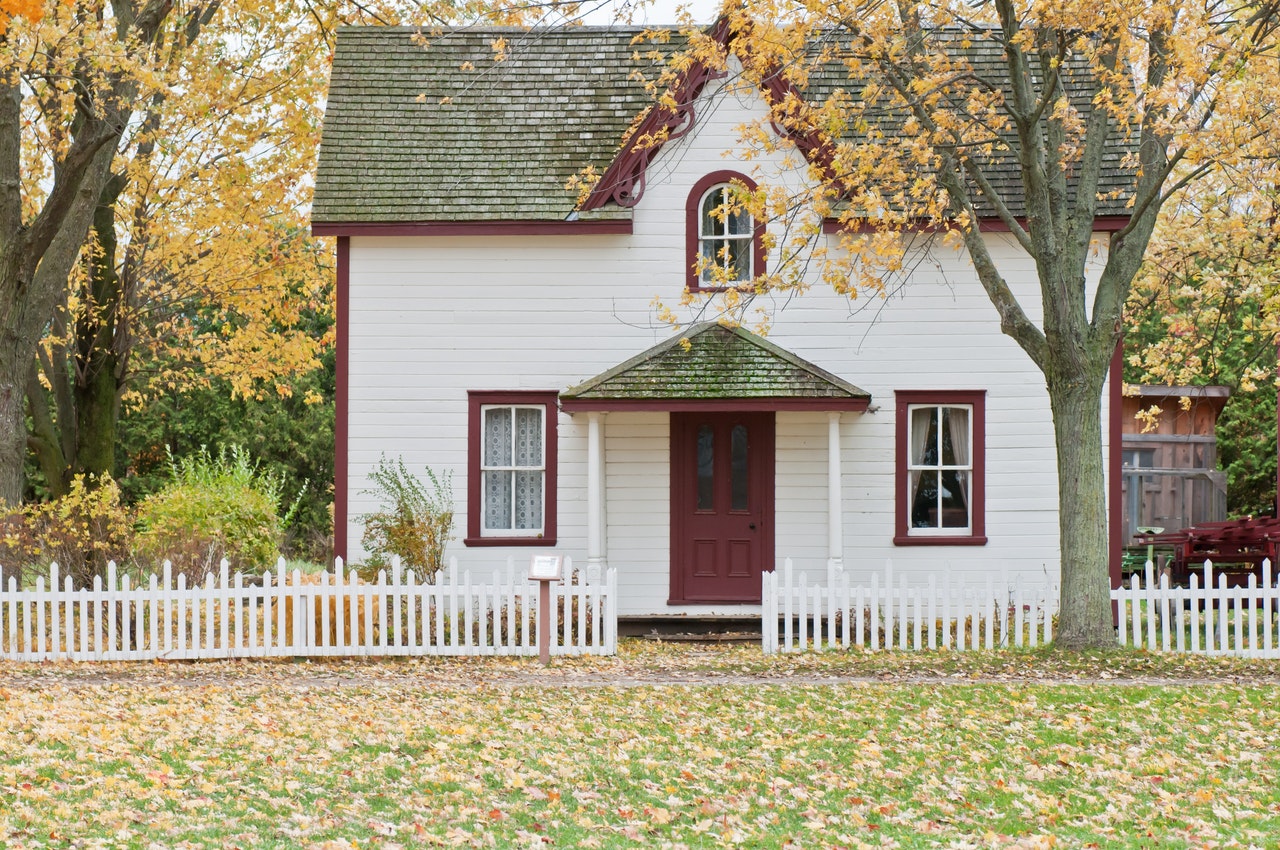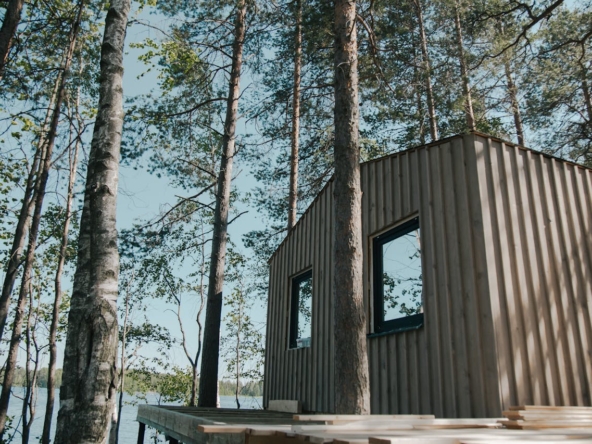There was a time when most people would have considered a prefab home to be less desirable because of various “mobile home” myths and general ignorance around the concept and building process.
But over time, prefabricated and modular home building companies have become extremely popular due to competitive pricing, customizability, and the overall allure and benefit of having your house built in a state-of-the-art manufacturing facility.
Keep reading to discover some of the most commonly debunked myths about building a prefab or modular home.
Myth 1: Prefab Homes and Mobile Homes are the Same
Prefab homes are different from mobile homes or manufactured homes. Prefab homes are factory-built homes constructed in units or sections that are sometimes called “modules.” These modules are delivered and are assembled on a permanent foundation to create a fully functional home.
On the other hand, mobile homes or manufactured homes have no permanent foundations and can be moved from one location to another. Mobile homes are also sometimes referred to as “trailer homes” or “motorhomes.” Just so we’re all clear on what’s what!
Myth 2: Prefab Homes do not Appreciate in Value Over Time
A prefab or modular home is as great an investment as a traditionally built home. Its value appraises over time the same as on-site built houses do. As long as your home is built to code by a credible, experienced builder, homeownership is an excellent investment.
To avoid depreciation, choose a good location (high ground is nice), add valuable features to the house and landscape over time, and always keep your home in shape with seasonal maintenance. Just like site-built houses, prefabricated homes depreciate in value when they are neglected and allowed to decay into a less desirable state.
Myth 3: Prefab Homes are Cheaply Constructed
“Prefab homes are cheap” is a pretty common reaction when you tell your friends and family that you’re deciding to go prefab. Here’s the cold hard truth: prefab home builders in Ontario ensure that every project meets the Canadian Standards Association’s (CSA) requirements, and the material specifications follow the Ontario Building Code along with local building bylaws, if applicable.
On top of this, building inside of a high-tech house manufacturing plant with nimble production lines can result in higher quality, air-tight homes vs the average timber frame builder. Dedicated internal building inspectors ensure every module constructed meets both code and production standards at every step of the build.
Visit any prefab home builder showroom and you’ll see what we mean. This factory tour video from the folks at Quality Homes is a great start.
Myth 4: Prefab Homes are 50% Less Expensive Than Traditionally-Built Homes
Some prefab home builders are dishonest about the pricing of their homes and “turnkey” solutions. Don’t be deceived by any savings claims that are made during the consultation phase. A 50% savings could be valid, but it’s only based on the cost of fabricating the home, not including expenses for delivery, installation, stitching the modules together, and other finishing work.
In reality, prefab homes are more affordable than standard site-built homes by 10-20% only.
They incur fewer costs from three significant factors in the construction process – materials, labor, and bulk purchasing. So, prefab homes are ideal for newlyweds, retirees, and first-time homebuyers looking for affordable housing options.
Myth 5: Prefab Homes are not Sturdy Enough to Resist Extreme Weather or Canadian Winters
Over the years, the quality levels and conformance to local building codes of prefab homes have increased. Modular or prefab homes are built following the same regulations and building codes as site-built houses; thus, they provide the same protection, safety, and comfort.
In fact, they can be built to withstand up to 173 miles per hour winds. In a report by FEMA, modular homes can withstand extreme weather conditions because of how the modules are constructed and connected. The fact that these modules are factory-made eliminates the risk of having subpar components and ensures a truly airtight environment.
Obviously, this is under the assumption that your builder is legit.
Myth 6: Prefab Homes all Look the Same
You might think that prefab home builders limit their manufacturing to their design catalogs. But in reality, it is the total opposite. Prefab home builders provide you with their home model gallery containing hundreds of floor models and designs, primarily for inspiration.
Prefab home builders have a team of designers and architects that you can collaborate with. You may customize their house models in any way you like them – from color choices, material specifications, floor layouts, architectural details, etc. You can actually opt for a completely different design if you want to, given you picked a prefab home manufacturer that can offer a high level of customizations.
Myth 7: Prefab Homes Have no Solid Foundations
Most of the prefab homes actually have traditional foundations. Foundations are essential in every type of house, either its site-built or prefab. But in terms of the structure’s structural integrity, the design of foundations conforms to the Ontario Building Code, the CSA Z240.10.1-08 Standard, and the National Building Code of Canada. Some prefab home builders usually excavate the structural part of the house, utilities, and sewer (if applicable), but some do not.
Myth 8: Prefab Homes Look Different Than Traditional Houses Built On-Site
Today’s prefab homes are almost identical to homes that are built traditionally. As the process of building modular homes has improved significantly over the years, home builders and engineers have come up with technologies to step up the quality, efficiency, and durability of their prefab homes.
We can bet your bottom dollar that you won’t even realize a house is a prefab unless you were to actually see it delivered on-site. This goes to show that the era of simple, box-shaped prefabs is long gone. In fact, in many scenarios, the quality of prefab homes can be better than traditionally-built homes.
Myth 9: There are Minimal Locations Available for the Installation of Prefabricated Homes
In Ontario, prefab homes can be installed almost anywhere, either in the city like Toronto, Ottawa, Windsor, or Hamilton, in the countryside, or even on a small building lot in the middle of the bush.
There are prefab home manufacturers across the province that can deliver your dream home, even to a private island! Most of the leading manufacturers will commit to transporting your custom home to your building lot on time and on budget.



